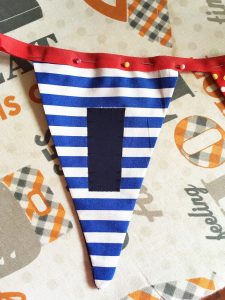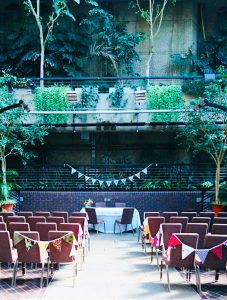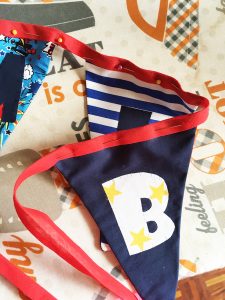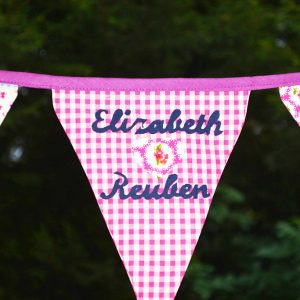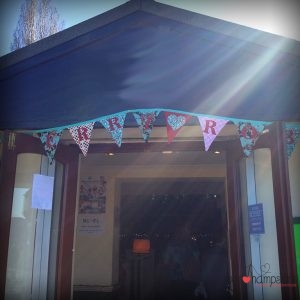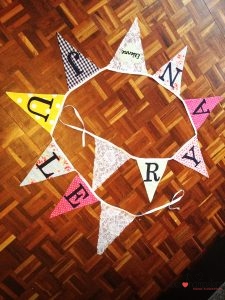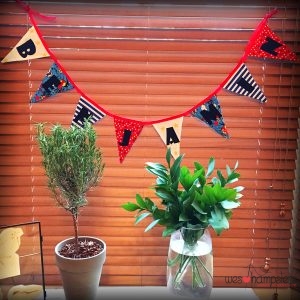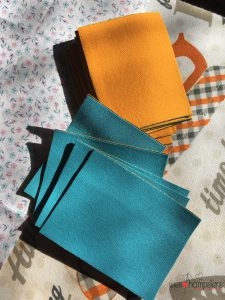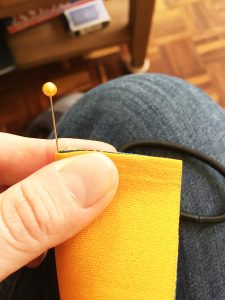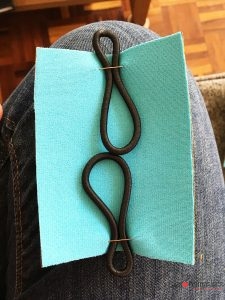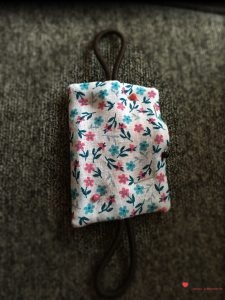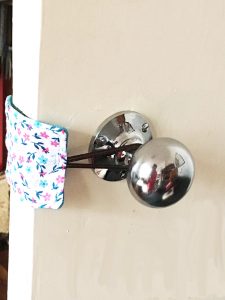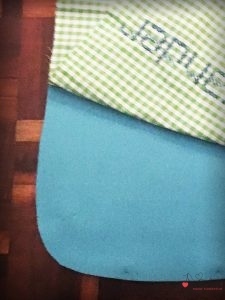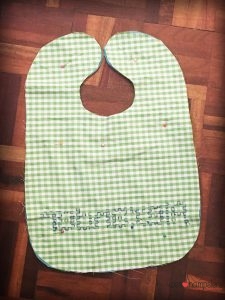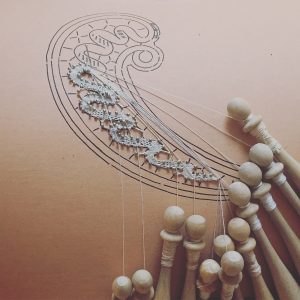
I grew up part of my childhood on Lake Como. My fathers Italian family comes from the area and my English grandparents on my mothers side chose Lake Como as a home after WWII… it is easy to understand why. It is a beautiful, magical area of north Italy and so close to the comfy Milano that not visiting it when you are in the area is a sin! It is a perfect destination for a week-end or bank holiday as Milan takes very little to reach from most other European airports.
But where should you go and what should you do if you decide to take a week-end adventure there? You have many options but here are the best in my opinion for a week-end stay! Do visit in late spring, summer and early autumn.
FOR A WEEK-END DO SLEEP IN COMO:
If you will be able only to stay for a week-end choose to sleep in Como, travel time from Milano to Como is 45 mins by train. And you can take boats to other small towns on the lake the following days easily, you do not need a car for many locations. You can either opt for an air bnb in the historic center to feel the vibe of the place,or choose one of the beautiful historic hotels, if you manage to arrive in the morning or early afternoon I suggest you spend this first day shopping in Como and visiting the city, I suggest to eat at the “Ristorante l’antica Riva” on the lungo lago trieste, or head to the “Ristorante il Gatto Nero” at Como/Cernobbio with a cab, it has one of the best views on the lake.
WHERE TO GO THE FOLLOWING DAYS:
On the second day you have many lovely options, you can take the “Aliscafo” (fast boat), directed to Bellagio and enjoy some hours there with a little bit of shopping and lunch in one of the many caffe’s and restaurants. Beware though that Bellagio is very touristic and prices might be quite high, always check and never go to restaurants that do not put clear prices on their menu.
After Bellagio take the “battello” (slower boat) to Menaggio, enjoy a day there and eat at the “Ristorante di Paolo” visit the small town shop, churches and lovely lake walk, check the times for the return boats to Como and if possible you might enjoy a nice dinner there. Or, if you enjoy Villas, skip Menaggio and head to Tremezzo always by boat from Bellagio to Visit the beautiful “Villa Carlotta” and its world famous botanical gardens, I suggest to eat at the “Ristorante la cucina della Marianna” spend the day in that area before heading back to sleep in Como.
LAST DAY
If you manage to take a late flight to get back home in the evening from Milano, I do suggest you take the early morning train from Como to Milano and visit a little bit this important North Italian city before you leave. Keep in mind though to travel with light luggage if you intend to do so, and always keep a watchful eye on your belongings especially in and out of the train station. The places you can manage to visit in 4-6 hours are the Castello Sforzesco and the Duomo of Milano and the amazing piazza where it stands, I do suggest that if you plan to visit the Duomo or the castle museum, to book tickets in advance! There are many nice places to eat in Milano and the street food is very nice too! But as you are visiting quickly I suggest street food and for this you might want to try a “Panzerotto” at Luini’s or an amazing italian Panino at “Panino Giusto“.
I hope this little guide is useful. Every time I am away too long I miss “my” Lake very much. I tend to spend all my holidays there as it is a place full of hidden treasures to discover and amazingly relaxing if you live in stressfull cities like London!
If you are curious to learn more about lake Como, here are a couple of suggested books!
